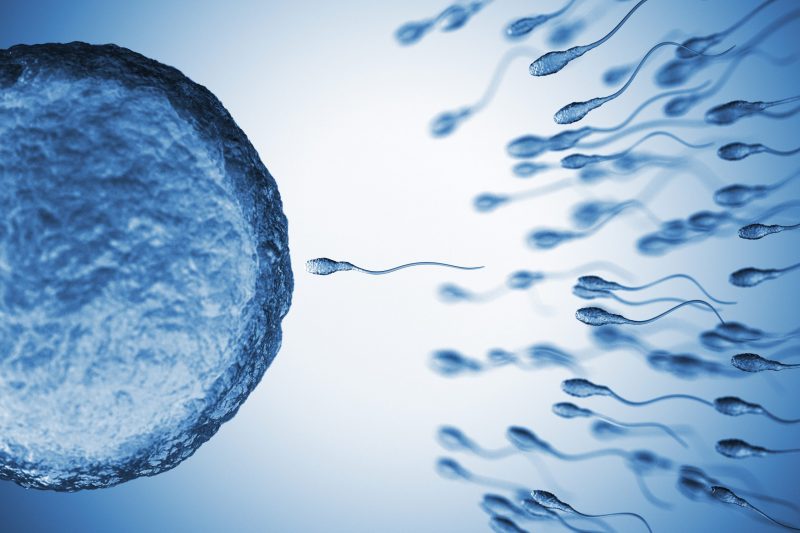When are the Best Days to Get Pregnant?
You know the old joke about the rhythm method for contraception. “What do you call people who use the rhythm method? Parents.” All jokes aside, methods for monitoring a woman’s fertile period have been in use for many years, with varying degrees of success in preventing or causing pregnancy. They all hinge on trying to determine when you are ovulating and having sex or artificial insemination within a few days before or after, if you want to get pregnant, or abstaining, if you don’t. The “fertile window” is defined as the 6 day interval ending on the day of ovulation, but the highest chances of pregnancy occur within 3 days of the day of ovulation. Common methods include tracking your menstrual cycle, measuring basal body temperature, and measuring the presence of luteinizing hormone (LH.) Even just being more aware of your body and how you feel may let you know when you are ovulating. And there are new online monitors and tools to help with these techniques. Here’s a brief recap of each method.
Common methods include tracking your menstrual cycle, measuring basal body temperature, and measuring the presence of luteinizing hormone (LH.) Even just being more aware of your body and how you feel may let you know when you are ovulating. And there are new online monitors and tools to help with these techniques. Here’s a brief recap of each method.


